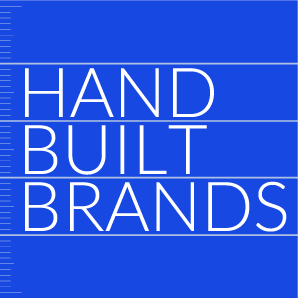What to expect in a 3D animated video story workshop
It’s a brain dump. It’s typically a 90-minute session where we interview you, record it and talk about your product, process or service.
The goal is to figure out:
Who is the audience?
Do they know about you? If so, what do they think about you? Why should they care about whatever it is you’re trying to tell them?
What story are we trying to tell?
Why is it important?
What are the benefits of your product, process or service?
How does it work? Literally, what are the steps involved — let’s list those out?
What’s the value that you would see from this process?
What are the visuals that we’d expect someone to see?
What is your brand like? What does it stand for? What’s the tone, the voice? How does it look and feel?
But what is the actual process like?
No two story workshops are the same. But nearly every one will start the same way. We ask:
Who is the audience?
We try to get a really good idea of who we are talking to and who this is for. If you have buyer personas or avatars, super, send us those beforehand or bring them to the meeting.
Benefits
What are the benefits of this? Why does someone care?
How does it work?
These are similar to my 4 favorite words: “here’s how it works.” We are typically describing a process and people want to know how it will work. It’s our human nature. We want to know something about it before we can really buy in to it. It’s kind of like establishing trust with your audience. You are showing them what goes into what you do.
Example formats of a story workshop
So, a story workshop is a long interview. Some examples have been:
A video conference with IRL models of devices showing how someone might use the device
A video conference where the customer has Solidworks open and is showing the differences between different equipment
A long lunch meeting with a big pile of post it notes sketching out what aspects of the story are important to this
2-3 subject matter experts sitting around a conference table with a whiteboard and explaining to me (a potential customer) how their process works
It’s a recorded walk through of an industrial space, while we video individual places and equipment that we might highlight
No two are the same, because after all this is custom 3D animation, but all follow the same path of using the story workshop and possibly a follow up call/meeting to establish the story, or the first draft of the script.
“Pre-production”
This process is also called “pre-production.” It’s figuring out how this is all gonna get done and what it’s going to be.
In fact, we put together a workbook that people can download and use the same process that we use to get to a working script. Spoiler: no one used it. Why? Because it’s hard! It’s hard to step out of your shoes and figure out how to talk about yourself. To quote one lost soul: “this is too hard and too much work, sir.” Most people would rather just hire us.
What do we create after the story workshop?
There’s a lot that happens internally. We prepare a “treatment.” This is an internal document that describes the overall story arc.
Then, we make a “step outline.” This is an outline of the overall story. Eventually, each step of this outline is a scene.
After the step outline, we use the brand voice and tone to craft the overall script. And with the information that we have about the visuals, we’ll be able to suggest visuals for the video and overall, how the whole thing might flow.
Worst case scenario: we finish the story workshop, go through our process. We have an outline, but we need more meeting/s with you to figure out how to tell the story the right way.
Best case scenario: we go through our process and are able to get to a version of the video script that we think accomplishes your goals. We put the script in a Google Doc and share the link with you for editing collaboratively. We’ll also typically do a short screen recording to walk through our rationale and an explanation of the visuals.
Frequently asked question: what if I write my own script?
If you bring a completed script with an explanation of visuals and where we get those visual assets, you will earn not one but two units of pride that I will pay you.
The thing is: no script that’s ever been brought to me is perfect. Every one of them requires tweaks or re-writes. Writing for video is a little different than writing for any other medium. It needs to flow. It needs to keep a good pace. It needs to be conversational and it needs to support a strong visual. And that can be a challenge.
That’s a caution, not a discouraging note. Bringing pre-work to a story workshop is awesome, in some cases a must. But we will still need to go through the process to make sure that the foundational stuff for this video is in place.

